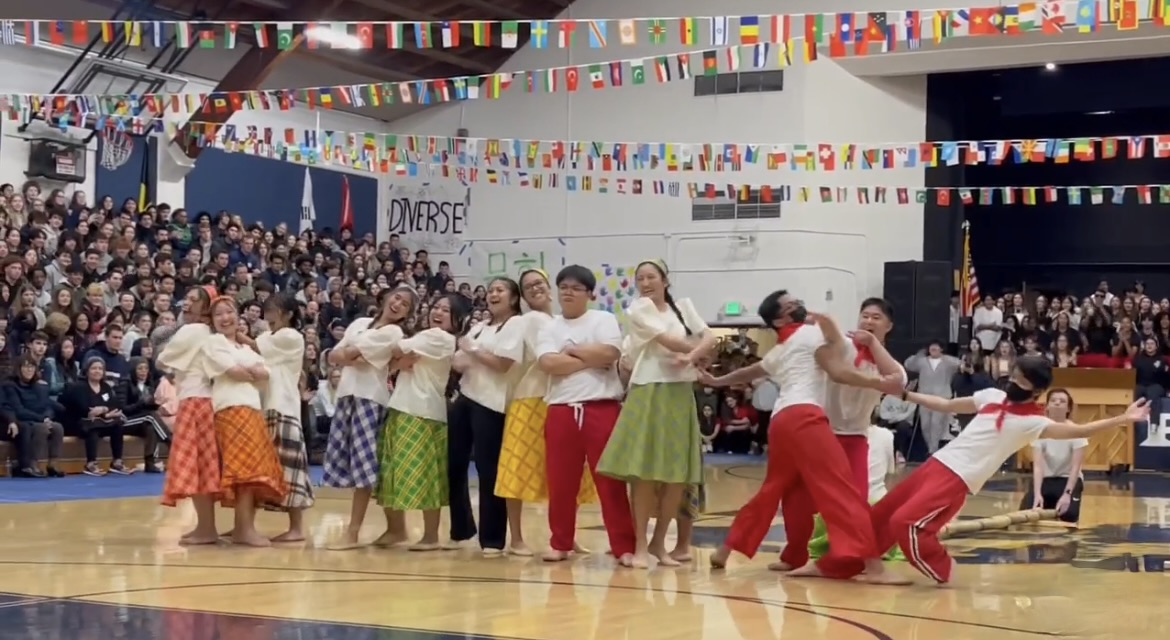“The moon does not fight. It attacks no one. It does not worry. It does not try to crush others. It keeps to its course, but by its very nature, it gently influences. What other body could pull an entire ocean from shore to shore? The moon is faithful to its nature and its power is never diminished.” – Ming-Dao Deng, Chinese American author, artist, philosopher, teacher and martial artist.
September 29th marked the start of the Mid-Autumn Festival, otherwise known as 中秋节 (Zhōngqiū jié) in Chinese. The Mid-Autumn Festival is a significant cultural event celebrated all throughout East and Southeast Asia, marking the day when the moon is believed to be the biggest and brightest. Each country has different traditions, but the basis of the festival is always the same: spending time with family and praying to the moon.
The festival falls on the 15th day of the 8th lunar month, but in the Gregorian calendar, it falls on a different day every year. It will typically occur during mid-September to early October.
Those in mainland China enjoy one day off of school/work during the festival. Their day off is usually connected with the weekend, making it a 3 day holiday. However, this year, the Mid-Autumn Festival falls in line with China’s National Day (October 1st- October 6th), so people enjoy an 8 day holiday.
During the Mid-Autumn Festival, those who celebrate will usually eat a dessert called mooncake with their families. The mooncake symbolizes completeness and reunion.
Mooncakes are eaten because of the legend that surrounds the festival. There are many different versions to this legend, but the most popular one revolves around a man named Hou Yi and his wife, Chang’e.
Long ago, there were 10 suns in the sky. These 10 suns killed the people and crops of the Earth. To deal with this problem, the Emperor of Heaven summoned an archer named Hou Yi. He told Hou Yi to shoot down 9 of the 10 suns. And so, Hou Yi did. The people and the crops were saved. As a gift for saving the world, the Queen Mother of the West gave Hou Yi an elixir of immortality, but there was only enough for one person. Hou Yi decided that he wanted to be with his wife more than he wanted immortality, so he asked Chang’e to keep the elixir safe for him. An apprentice of Hou Yi’s, Fang Meng, overheard the two talking about the elixir. He made a plan to steal it. When Hou Yi was out, Fang Meng broke into their home and threatened Chang’e. Chang’e knew she could not beat Fang Meng, so she took the elixir and drank it. Moments after drinking it, she flew to the moon. Once Hou Yi found out what happened, he made a ceremony for his wife, putting her two favorite foods (fresh fruit and mooncake) on an incense table. Today, Chang’e is recognized as the Chinese moon goddess.
Along with eating mooncakes, lanterns are a popular tradition in the Mid-Autumn Festival. Some are carried around, some are released into the sky, and some are used as decoration. The two most popular lanterns are sky and paper lanterns.
Sky lanterns are lanterns that you write wishes on, light up, and let go. The lanterns will float up to the sky, and deliver your wish/es to Chang’e.
In places like California, sky lanterns are banned. Instead, people who celebrate the festival use paper lanterns. These lanterns have riddles instead of wishes. These riddles usually contain words of good fortune and wisdom, if you can solve them.
This year, the Notre Dame Knights celebrated the Mid-Autumn Festival in their respective Chinese classes by eating mooncakes and making lanterns. Freshman Lily Torres ‘27 describes her first Mid-Autumn Festival experience as “magical. It created a sense of community and we all got to know each other better. It was really fun and now I’m going to celebrate it every year because it has a special place in my heart.”
Another student, Danny Deng ‘26 celebrated the Mid-Autumn Festival at home. “I celebrate[d] it at home by eating mooncakes and watching the moon afterwards with my family.”
In recent years, the Mid Autumn Festival has gained popularity in the Western states as a way to celebrate the traditions of East and Southeast Asia. Many non-Chinese communities have taken the festival as an opportunity to learn more about Chinese culture and join in on the celebrations.
With its shared values of family and unity, the festival brings people together. So, whether you’re in East Asia, South Asia, the United States, or any other part of the world, the Mid Autumn Festival continues to be a cherished celebration for all. Happy belated Mid-Autumn Festival!








